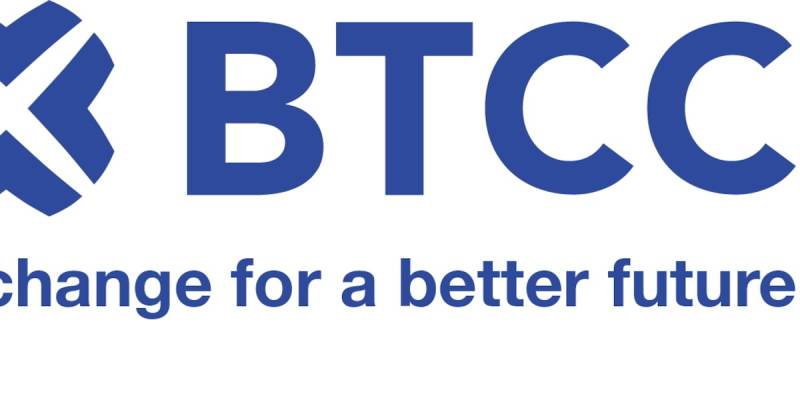 |
|
 |
|
 |
|
 |
|
 |
|
 |
|
 |
|
 |
|
 |
|
 |
|
 |
|
 |
|
 |
|
 |
|
 |
|
Cryptocurrency News Articles
Is Ethereum (ETH) "Completely Dead" As An Investment? Lekker Capital CIO Quinn Thompson Declares the Cryptocurrency "Dead"
Mar 31, 2025 at 04:30 pm
In a post on X this past weekend, Quinn Thompson, Chief Investment Officer (CIO) of Lekker Capital, declared that Ethereum (ETH) is “completely dead” as an investment.

Quinn Thompson, Chief Investment Officer (CIO) at Lekker Capital, sparked a heated debate on X this past weekend after declaring that Ethereum (ETH) has “completely died” as an investment.
The CIO, who oversees investments at the investment firm, set off the discussion with a post noting that the world’s second-largest cryptocurrency is now a $225 billion market cap network that is seeing declines in transaction activity, user growth and fees/revenues.
“There is no investment case here. As a network with utility? Yes. As an investment? Absolutely not,” Thompson said.
He also shared a set of metrics to highlight the recent stagnation in Ethereum’s activity, including data on active addresses, transaction counts and new address creation.
Is Ethereum ‘Dead’ As An Investment?
The statement immediately drew responses from prominent figures in the crypto industry, including Nic Carter of Castle Island Ventures, Columbia Business School professor Omid Malekan, and VB Capital’s Scott Johnsson.
Among the topics that arose in the discussion were the economic and investment thesis of the world’s second-largest cryptocurrency, and specifically, the implication of Layer 2 (L2) scaling solutions for Ethereum’s native token economics.
As several commenters noted, L2s are becoming increasingly popular as they offer a way to scale blockchain technology and reduce transaction costs. However, this has also led to some concerns about whether L2s are siphoning value from Ethereum’s L1 chain and its native token.
One commenter who raised this issue was Carter, who said that greedy eth L2s are pivoting value from the L1 and that social consensus had no issues with an avalanche of tokens. According to the partner at Castle Island Ventures, eth was buried in an avalanche of its own tokens and died by its own hand.
To this, Thompson replied that the social consensus among .eth’s was in favor of excess tokens because the creation of endless L2s, staking, restaking, DA, etc., enriched their pockets on the way up, but no one wants to face the music now that the market is saying it was a mistake.
However, this viewpoint was contested by Malekan, professor at Columbia Business School and specialist in cryptocurrency and blockchain technology since 2019.
Malekan highlighted the crucial role of L2s in enabling blockchain scalability and argued that any value-extraction by these secondary layers is not inherently detrimental to Ethereum’s foundational token economics.
According to the professor, L2s are the only viable way to scale any blockchain, adding that whether their tokens capture value or not is a separate question.
“But it can’t be that L2s ‘siphoned value from ETH’ yet didn’t capture value themselves. Security is not free,” said Malekan, who has authored several books on cryptocurrency and blockchain technology.
The professor went on to question how Ethereum could realistically become the first example in history of a widely adopted technological network whose utility failed to generate any meaningful financial return.
According to Malekan, is Ethereum going to be the first network “with utility” in modern history where the network effects aren’t monetized, and could he have any other examples of this happening.
In response, Thompson clarified that monetization is taking place within the Ethereum ecosystem, but not sufficiently accruing to ETH itself to validate the cryptocurrency’s current market capitalization.
He explained that there’s tons of network effects being monetized all over the place, but not enough to ETH to justify its current valuation.
“Do all the network effects of the oil network and usage of oil accrue to oil?” he asked.
However, the oil analogy drew skepticism from Johnsson, General Partner at VB Capital, who critiqued Thompson’s comparison due to Ethereum’s unique tokenomics, particularly its deflationary token burning mechanics influenced directly by network usage.
According to Johnsson, I don’t disagree with your directional call, but I think this analogy falls flat. ETH “production” is inversely correlated with usage, which is certainly not the case with oil.
“So as oil price increases, there is a demand response and a supply response. With ETH, it’s limited to the demand response. If ETH consumption looks like barrel consumption, then the price of ETH is far more likely to accrue value.”
But Thompson continued to disagree, saying that they’ve never seen a sustained period of time where “ETH production is inversely correlated with usage.” Obviously, the “production” mechanics differ from oil, but similarly high ETH price is prohibitive to demand, hence L2s and cheaper alternative L1s.
Acknowledging a possible misunderstanding, Johnsson clarified that he was not predicting future Ethereum usage scenarios, highlighting instead the theoretically inverse relationship between token burn and transaction volume under the current Ethereum network design.
“I think we’re talking past each other a bit. I don’t think it’s arguable that if ETH usage increases that it
Disclaimer:info@kdj.com
The information provided is not trading advice. kdj.com does not assume any responsibility for any investments made based on the information provided in this article. Cryptocurrencies are highly volatile and it is highly recommended that you invest with caution after thorough research!
If you believe that the content used on this website infringes your copyright, please contact us immediately (info@kdj.com) and we will delete it promptly.
-

- "Cardano (ADA) Price Could Dip Below $0.60, Following Previous Market Cycle"
- Apr 09, 2025 at 05:10 am
- "Cowen goes on to say that ADA's technical indicators, such as its 20-week simple moving average (SMA) and 21-week exponential moving average (EMA), are lining up with the theory that the crypto asset could see another sizeable dip."
-

- BONK, the well-known meme coin, has risen over 35% in the last week, attracting meme coin investors in the market. So, what caused this rally?
- Apr 09, 2025 at 05:10 am
- The well-known meme coin, BONK, has risen over 35% in the last week, attracting meme coin investors in the market. So, what caused this rally?
-

-

-

-

-

-

-


























































